Zhefan Rao
ModelGrow: Continual Text-to-Video Pre-training with Model Expansion and Language Understanding Enhancement
Dec 25, 2024Abstract:Text-to-video (T2V) generation has gained significant attention recently. However, the costs of training a T2V model from scratch remain persistently high, and there is considerable room for improving the generation performance, especially under limited computation resources. This work explores the continual general pre-training of text-to-video models, enabling the model to "grow" its abilities based on a pre-trained foundation, analogous to how humans acquire new knowledge based on past experiences. There is a lack of extensive study of the continual pre-training techniques in T2V generation. In this work, we take the initial step toward exploring this task systematically and propose ModelGrow. Specifically, we break this task into two key aspects: increasing model capacity and improving semantic understanding. For model capacity, we introduce several novel techniques to expand the model size, enabling it to store new knowledge and improve generation performance. For semantic understanding, we propose a method that leverages large language models as advanced text encoders, integrating them into T2V models to enhance language comprehension and guide generation results according to detailed prompts. This approach enables the model to achieve better semantic alignment, particularly in response to complex user prompts. Extensive experiments demonstrate the effectiveness of our method across various metrics. The source code and the model of ModelGrow will be publicly available.
ENTED: Enhanced Neural Texture Extraction and Distribution for Reference-based Blind Face Restoration
Jan 13, 2024Abstract:We present ENTED, a new framework for blind face restoration that aims to restore high-quality and realistic portrait images. Our method involves repairing a single degraded input image using a high-quality reference image. We utilize a texture extraction and distribution framework to transfer high-quality texture features between the degraded input and reference image. However, the StyleGAN-like architecture in our framework requires high-quality latent codes to generate realistic images. The latent code extracted from the degraded input image often contains corrupted features, making it difficult to align the semantic information from the input with the high-quality textures from the reference. To overcome this challenge, we employ two special techniques. The first technique, inspired by vector quantization, replaces corrupted semantic features with high-quality code words. The second technique generates style codes that carry photorealistic texture information from a more informative latent space developed using the high-quality features in the reference image's manifold. Extensive experiments conducted on synthetic and real-world datasets demonstrate that our method produces results with more realistic contextual details and outperforms state-of-the-art methods. A thorough ablation study confirms the effectiveness of each proposed module.
Quantifying the Knowledge in a DNN to Explain Knowledge Distillation for Classification
Aug 18, 2022
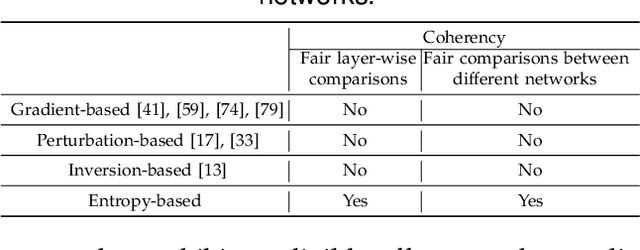

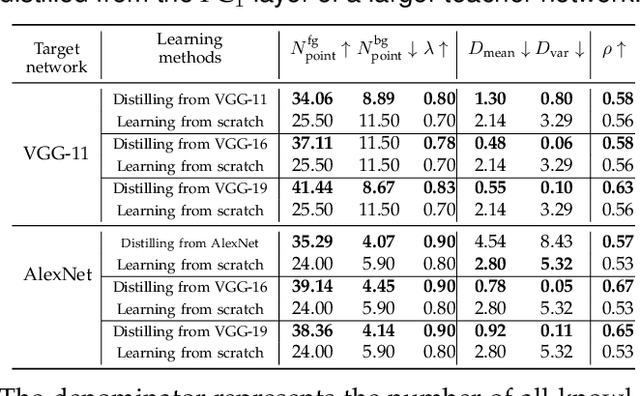
Abstract:Compared to traditional learning from scratch, knowledge distillation sometimes makes the DNN achieve superior performance. This paper provides a new perspective to explain the success of knowledge distillation, i.e., quantifying knowledge points encoded in intermediate layers of a DNN for classification, based on the information theory. To this end, we consider the signal processing in a DNN as the layer-wise information discarding. A knowledge point is referred to as an input unit, whose information is much less discarded than other input units. Thus, we propose three hypotheses for knowledge distillation based on the quantification of knowledge points. 1. The DNN learning from knowledge distillation encodes more knowledge points than the DNN learning from scratch. 2. Knowledge distillation makes the DNN more likely to learn different knowledge points simultaneously. In comparison, the DNN learning from scratch tends to encode various knowledge points sequentially. 3. The DNN learning from knowledge distillation is often optimized more stably than the DNN learning from scratch. In order to verify the above hypotheses, we design three types of metrics with annotations of foreground objects to analyze feature representations of the DNN, \textit{i.e.} the quantity and the quality of knowledge points, the learning speed of different knowledge points, and the stability of optimization directions. In experiments, we diagnosed various DNNs for different classification tasks, i.e., image classification, 3D point cloud classification, binary sentiment classification, and question answering, which verified above hypotheses.
Explaining Knowledge Distillation by Quantifying the Knowledge
Mar 07, 2020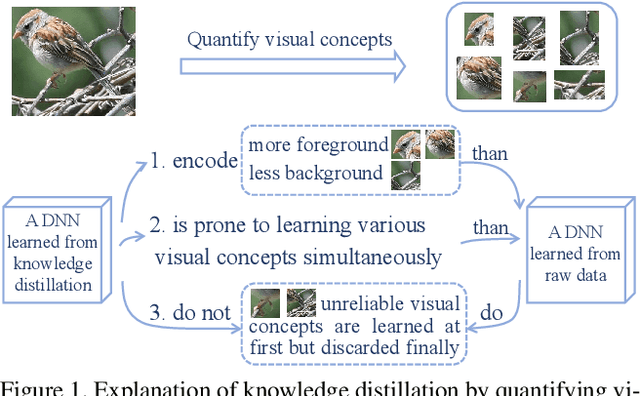
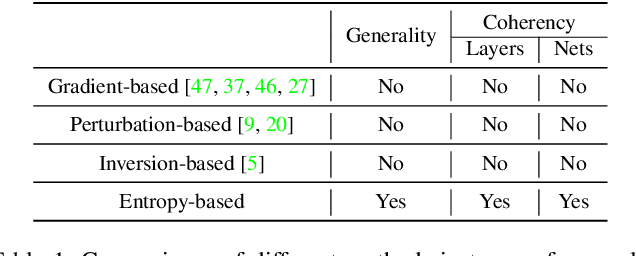
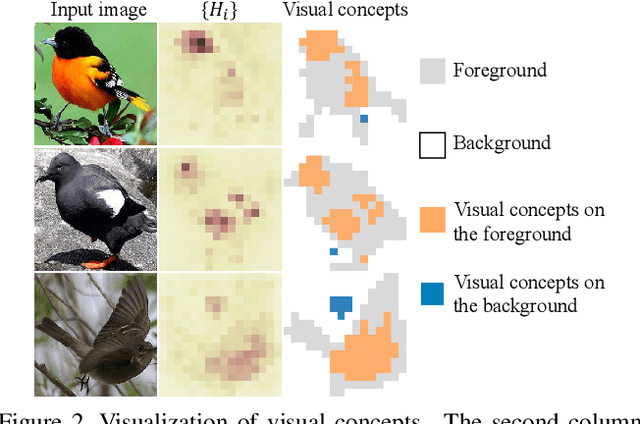
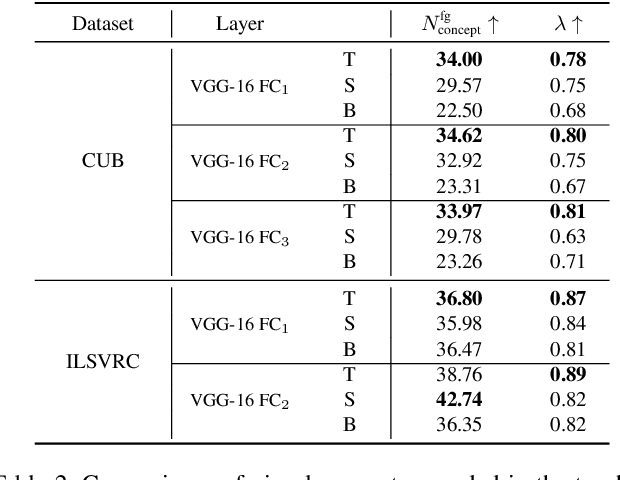
Abstract:This paper presents a method to interpret the success of knowledge distillation by quantifying and analyzing task-relevant and task-irrelevant visual concepts that are encoded in intermediate layers of a deep neural network (DNN). More specifically, three hypotheses are proposed as follows. 1. Knowledge distillation makes the DNN learn more visual concepts than learning from raw data. 2. Knowledge distillation ensures that the DNN is prone to learning various visual concepts simultaneously. Whereas, in the scenario of learning from raw data, the DNN learns visual concepts sequentially. 3. Knowledge distillation yields more stable optimization directions than learning from raw data. Accordingly, we design three types of mathematical metrics to evaluate feature representations of the DNN. In experiments, we diagnosed various DNNs, and above hypotheses were verified.
 Add to Chrome
Add to Chrome Add to Firefox
Add to Firefox Add to Edge
Add to Edge